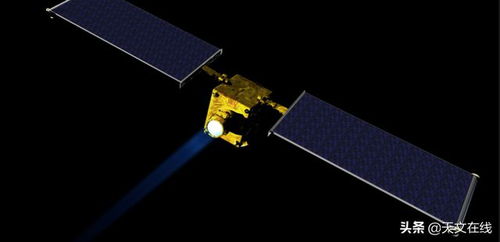python中for循环, for循环的语法
在Python中,`for` 循环是一种用于遍历序列(如列表、元组、字符串、字典等)的循环结构。它的基本语法如下:
```pythonfor item in sequence: 执行一些操作```
其中,`item` 是遍历过程中序列中的每一个元素,`sequence` 是要遍历的序列。
下面是一些 `for` 循环的示例:
1. 遍历列表:```pythonlst = for num in lst: print```
2. 遍历字符串:```pythonstr = hellofor char in str: print```
3. 遍历字典:```pythondct = {a: 1, b: 2, c: 3}for key, value in dct.items: print```
4. 使用 `range` 函数生成序列:```pythonfor i in range: print```
5. 使用 `enumerate` 函数同时获取索引和值:```pythonlst = for index, num in enumerate: print```
这些示例展示了 `for` 循环在Python中的基本用法。在实际编程中,`for` 循环可以用于许多不同的场景,如数据处理、文件遍历等。
Python中的for循环详解
在Python编程中,for循环是一种强大的工具,它允许开发者遍历序列(如列表、元组、字符串等)或其他可迭代对象,并执行一系列操作。for循环在处理重复任务时尤其有用,可以显著提高代码的效率和可读性。本文将详细介绍Python中的for循环,包括其语法、用法、常见场景以及与while循环的比较。
for循环的语法
for循环的基本结构

Python中的for循环语法如下:
```python
for 变量 in 可迭代对象:
要执行的代码块
其中,`变量`用于存储从可迭代对象中取出的每一项,`可迭代对象`可以是列表、元组、字符串、字典、集合等,而`要执行的代码块`则是每次迭代中需要执行的代码。
可迭代对象

- 列表(list)
- 元组(tuple)
- 字符串(string)
- 字典(dict)
- 集合(set)
- 生成器(generator)
for循环的用法

遍历列表

```python
numbers = [1, 2, 3, 4, 5]
for number in numbers:
print(number)
输出:
遍历字符串

```python
text = \






